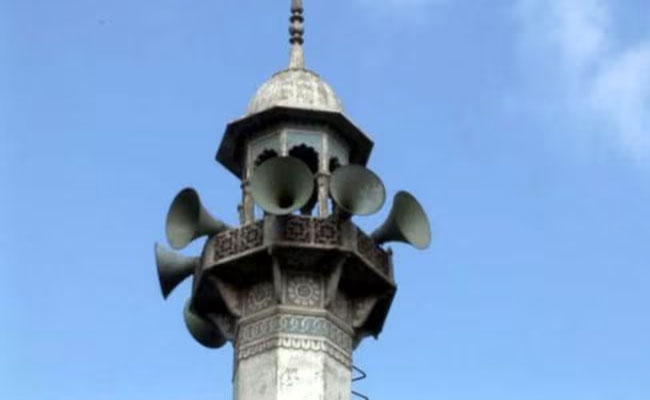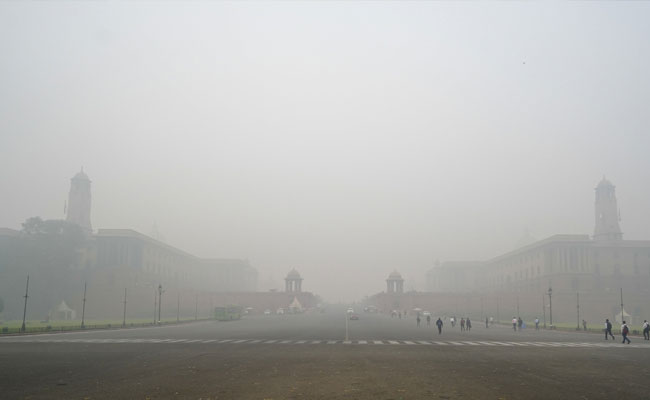The Supreme Court on Thursday resumed hearing petitions that have challenged the Waqf Amendment Act, 2025, with key concerns raised about the removal of the concept of ‘waqf by user’. This clause, which has been part of Waqf property recognition in India for decades, was omitted in the latest amendment, raising fears that thousands of longstanding religious properties may lose their legal status.
Appearing for the Central government, Solicitor General Tushar Mehta defended the new amendment, saying there was growing concern over large portions of land being declared as Waqf without proper documentation. He said such declarations had created confusion and controversy in many parts of the country.
However, the Supreme Court bench led by Chief Justice of India (CJI) expressed strong reservations about the deletion of ‘waqf by user’. On Wednesday, the bench had clearly warned that the change in law could impact the status of thousands of properties that have been used for religious or charitable purposes for decades—especially those in villages and older urban areas where formal land documents were never created.
During Thursday’s hearing, the Court granted seven days’ time to the Centre to file a detailed preliminary response on the matter.
"Genuine Properties Will Be Affected Too": Supreme Court’s Concern
Raising a crucial question, the CJI asked the Centre, “How will you register such waqfs by user? What documents will they have? It will lead to undoing something. Yes, there is some misuse. But there are genuine ones also.”
The bench highlighted that many waqf properties have been recognised by courts based on long-standing use, not on paper deeds. It added that any move to undo this recognition—by de-notifying such properties—would not be right while the matter is still being heard.
The top court made it clear that waqf properties already declared by courts—whether through written deeds or based on usage—should not be touched until the challenge to the Waqf Amendment Act 2025 is fully examined.
What is ‘Waqf by User’?
In this context, the idea of ‘Waqf by user’ becomes important to understand.
‘Waqf by user’ refers to properties that may not have formal Waqf deeds or registration but have been in continuous public use for religious or charitable purposes—such as mosques, dargahs, graveyards, madrassas, or wells—often for several generations. These properties are treated as Waqf based on usage, not documents.
This concept allowed many old religious properties, especially in rural and semi-urban India, to be protected under Waqf laws, even if no official records were available. The logic was that community usage and religious practice over time was enough proof of the property's nature.
But the Waqf Amendment Act 2025 proposes to remove this recognition, stating that only those waqfs that are properly documented should be registered. This has now led to a legal challenge in the Supreme Court.
Legal Backing in India
The concept of Waqf by user is recognised under The Waqf Act, 1995, and earlier under The Mussalman Waqf Validating Acts during British rule.
Under the Waqf Act, 1995, the State Waqf Boards are allowed to identify, survey and register Waqf properties. While some Waqf properties have formal written deeds, others are registered based on field surveys, public evidence, and usage patterns.
This is particularly important in villages and older towns, where many mosques, dargahs, and graveyards were built centuries ago without formal registration.
Examples of Waqf by User
A small mosque in a village has been used for namaz for over 100 years, but there is no official document showing who donated the land. It is still considered Waqf by user.
A piece of land is being used as a Muslim graveyard for decades. Even if there is no title deed in the Waqf Board's name, the Board can register it as Waqf by user.
A dargah visited by people for generations without any formal land record can be listed as Waqf by user during official surveys.
How is ‘Waqf by User’ Recognised?
The process usually involves the following steps:
Waqf Survey Commissioner conducts a detailed survey in each state.
During the survey, locals and community leaders are consulted.
Properties that have been in religious or charitable use over time are identified.
These are registered under the State Waqf Board, even if no one comes forward as the donor.
The property is then protected under Waqf law.
The registered name in revenue or municipal records may still show as “government land” or “public land”, but once it is declared Waqf by user, it cannot be sold, transferred, or misused.
Why the Controversy?
The Centre argues that many properties have been wrongly declared as Waqf under the ‘waqf by user’ category, leading to land ownership disputes and encroachments. Critics, however, say the removal of this clause could wipe out legal recognition of genuine Waqf properties, especially in areas where such assets were created generations ago without written donations.
The Supreme Court’s current observation suggests that the court may lean towards a more balanced approach—recognising that while there may be misuse, the removal of ‘waqf by user’ entirely would also harm legitimate religious institutions and community properties.
What Next?
The Supreme Court has asked the Centre to clarify how it plans to deal with such properties in the absence of ‘waqf by user’ recognition. The next steps in the hearing will determine whether the amendment stands or whether changes will be suggested to protect historically used religious lands.
Let the Truth be known. If you read VB and like VB, please be a VB Supporter and Help us deliver the Truth to one and all.
Belagavi (Karnataka) (PTI): Members of the Opposition BJP on Tuesday slammed the Karnataka government for not taking measures to prevent the alleged noise pollution caused by 'azaan', the Islamic call to prayer.
BJP MLC D S Arun raised the issue in the Legislative Council during the question hour, accusing the ruling Congress of "appeasement" by failing to take action against mosques that are violating the Supreme Court's directives.
Karnataka Minister for Forest, Ecology and Environment Eshwar Khandre, responding to the question, said, as per the directives of the Supreme Court in sensitive zones, the noise level should not exceed 50 decibels during the day and 40 decibels at night, and in residential areas, 55 decibels during the day and 45 decibels at night.
In commercial areas, the noise should not exceed 65 decibels during the day, 55 at night, and in industrial areas, 75 during the day and at night 70 decibels, he said.
Pointing out that the Karnataka government had issued an order in 2022, assigning responsibility to a committee headed by a DySPs or ACPs for the effective implementation of the rules, the minister said when a complaint is received about noise pollution, the Pollution Control Board will inspect it and provide information about the decibel level to the police to take further action, including filing of criminal cases.
ALSO READ: Udupi: Toddler slips from mother's hand while drawing water from well, dies
"Not only during azaan, but also during bhajans held in temples and marriage events, among others, the violations happen. There is a need to spread awareness. The Supreme Court has ordered against bursting firecrackers, but it is being violated. Efforts will be made to implement the rules effectively," he said.
Several BJP MLAs, including Arun, Bharathi Shetty, among others, were not satisfied with the minister's reply. They took strong exception to it.
Arun noted that in the last three years, only 52 cases have been taken, and said there are clear violations by almost all mosques, but no action has been taken. "The decibels have in fact increased under this government. The government is giving protection to them."
Reacting to this, Khandre, calling it a "sensitive matter", said, "It is not right to politicise the issue. The law of this land is equal for everyone."
Hitting back, Arun asked, "Why is the matter sensitive? What is preventing you (the government) from implementing the Supreme Court directives?"

_vb_52_vb_41.jpeg)



